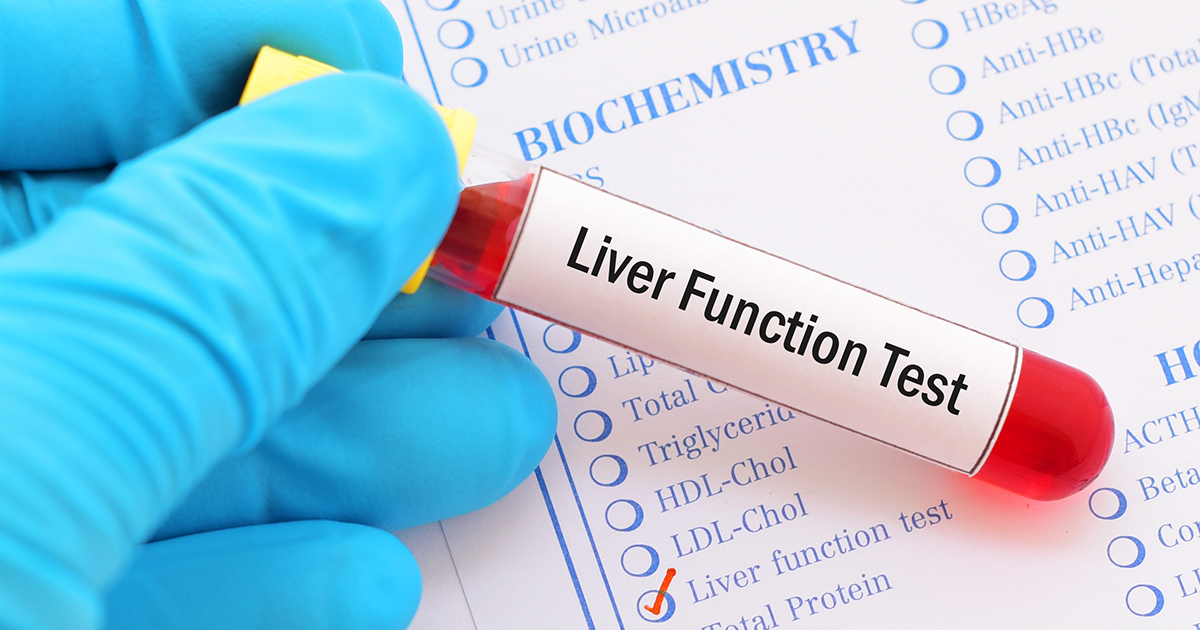Types Of Electrolyte Disorders
Compounds and elements that are naturally occurring in the body responsible for the management and facilitation of imperative physiologic functions are called electrolytes. These elements and compounds appear in the urine, blood, and bodily fluids. Electrolytes are responsible for balancing the fluid levels between the inside of the cells, the space around the cells, and in the blood. This happens because of osmosis, where fluids gravitate toward the area with the largest imbalance in the fluid to electrolyte ratio. Where ever the biggest concentration of electrolytes are, fluids come to balance it out. When there are fewer electrolytes then fluids in a given space, the fluid will move out of the area to correct the balance of the ratio. When this imbalance becomes severe on one end or the other, it is described as an electrolyte disorder. Electrolyte disorders are further broken down by individual electrolytes, the abnormally low levels of each, and the abnormally high levels of each.
Hyponatremia And Hypernatremia

Hyponatremia and hypernatremia are both considered to be sodium disorders. Hyponatremia is diagnosed when the sodium levels in the blood fall under 135 mEq per liter and hypernatremia is diagnosed when sodium levels in the blood exceed 145 mEq per liter. Hyponatremia can be caused by drinking too much water, losing too much sodium, or other medical issues. When hyponatremia occurs, the quantity of water in the body increases and results in the swelling of cells. When this happens in the brain cells, fluid can accumulate in the cerebral area and result in permanent neurologic damage, coma, or death.
Hypernatremia can be caused by the intake of too much sodium, dehydration, diuretic use, or some other form of rapid water loss. When this happens, there is an imbalance the body will attempt to correct by drawing fluids back into the bloodstream from the kidneys worsening the body's state of dehydration. If it is not treated, hypernatremia can result in severe confusion, seizures, or death.
Uncover the details on the next set of electrolyte disorders now.
Hypocalcemia And Hypercalcemia

Hypocalcemia and hypercalcemia are disorders related to calcium levels in the body. Hypocalcemia is a blood concentration of calcium less than 8.8 mg/dL with normal concentrations of plasma. Hypocalcemia can be caused by numerous other health conditions, medical treatments, or medications. Because sodium channels are imperative to the function of the nervous system and the heart, untreated hypocalcemia can result in seizures, brain damage, and heart failure if it is not treated.
Hypercalcemia is a blood concentration calcium higher than 10.4 mg/dL with normal concentrations of plasma. This can be caused by cancer, hyperthyroidism, vitamin D toxicity, and other medical conditions, one of which is familial hypercalciuric hypercalcemia, a genetic disorder that can result in hypercalcemia. Most often, these causes are a result of an increase of calcium in the blood by increasing the intestinal absorption and renal absorption of calcium. Untreated hypercalcemia can result in kidney stones, constipation, polyuria, severe confusion, kidney failure, irregular heartbeats, and coma.
Learn more about the different types of electrolyte disorders now.
Hypokalemia And Hyperkalemia

Hypokalemia and hyperkalemia are disorders of potassium levels in the body. Imperative nerve and muscle cells utilize potassium to function normally, including those in the lungs and in the heart. Levels of potassium in the blood over 5.0 mEq/L indicate hyperkalemia. This can occur as a result of hemolysis or red blood cell breakdown, burns, major tissue injuries, trauma, uncontrolled diabetes, and rhabdomyolysis. When hyperkalemia goes untreated, life-threatening heart rhythm abnormalities or arrhythmias can cause ventricular fibrillation, resulting in cardiac arrest and most often death. Levels of potassium in the blood under 3.5 mEq/L indicate hypokalemia. The potential causes of hypokalemia are excessive vomiting, diarrhea, kidney or adrenal gland failure, diuretic use, excessive alcohol consumption, and ketoacidosis. When the muscles do not get enough potassium, they cannot perform their normal cellular functions, resulting in paralysis of the lungs and bradycardia or abnormally slow rhythm of the heart. If hypokalemia goes untreated it can cause kidney failure, paralysis of the muscles, cardiovascular collapse, and respiratory failure.
Get familiar with more types of electrolyte disorders now.
Hypochloremia And Hyperchloremia

Hypochloremia and hyperchloremia are disorders where there are abnormal levels of the chloride ion in the blood. Hypochloremia is characterized by a blood chloride level of less than 97 mEq/L and a urine chloride level of less than 25 mEq/L. Chloride works in tandem with other electrolytes to balance fluid levels in the body as well as to manage the blood pH levels. Chloride can be lost through the urinary tract, gastrointestinal tract, or from cystic fibrosis. Usually, problems with the kidneys, congestive heart failure, certain medications, and use of chemotherapy treatment can cause low chloride levels. Untreated hypochloremia can cause permanent liver damage, pulmonary and hepatic failure, and kidney damage.
Hyperchloremia is characterized by higher than normal levels of the chloride ion in the blood. Anything above 107 mEg/L in the blood is indicative of hyperchloremia. This can be caused by problems with the kidneys, severe diarrhea, bromide poisoning, ingestion of salt water, ingestion of high quantities of salt, respiratory alkalosis, and long term use of carbonic anhydrase inhibitors to treat glaucoma and other conditions. Hyperchloremia causes blood acid levels to drop too low or the blood to become too acidic. This can result in kidney failure, kidney stones, bone problems, heart complications, muscle problems, coma, and death.
Continue for more information on the different types of electrolyte disorders.
Hypophosphatemia And Hyperphosphatemia

Hypophosphatemia and hyperphosphatemia happen when there is an irregularly high or low level of potassium in the blood. Levels of less than 2.5 mg/dL of serum phosphate in the blood are indicative of hypophosphatemia. Low potassium levels can be a result of severe burns, diuretic use, alcoholism, excessive use of antacids containing aluminum, chronic diarrhea, undernutrition, and ketoacidosis. While hypophosphatemia is often asymptomatic, in severe cases where it goes untreated, rhabdomyolysis, or rapid skeletal muscle death, neuromuscular disturbances, seizures, coma, or death.
Hyperphosphatemia is characterized by phosphate concentrations in the blood of more than 4.5 mg/dL. High phosphate levels can be a result of diabetic ketoacidosis, nontraumatic rhabdomyolysis, tumor lysis syndrome, crush injuries, kidney problems, and overwhelming systemic infections. When phosphate levels rise in the blood, calcium binds with the phosphate causing a drop in calcium levels. When this happens frequently, the bones, skin, heart, and vascular system can all become permanently damaged. Additionally, acute renal failure can occur due to permanent kidney damage.